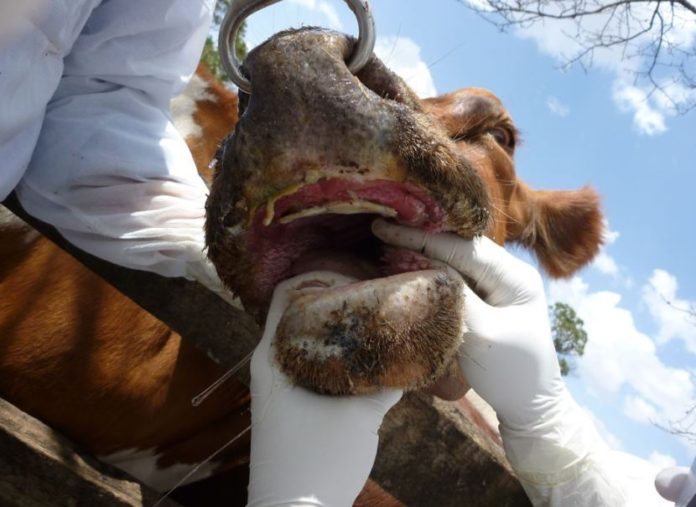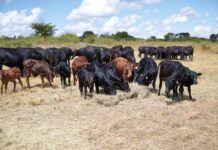Governments and stakeholders across Eastern Africa have endorsed a 10-year strategic framework to tackle Foot-and-Mouth Disease (FMD), a long-standing threat to livestock production, trade and food security.
Representatives from a wide coalition — including African Union’s Interafrican Bureau for Animal Resources (AU-IBAR), the Intergovernmental Authority on Development (IGAD), East African Community (EAC), Food and Agriculture Organization (FAO), World Organisation for Animal Health (WOAH), United Nations Environment Programme (UNEP), GALVmed, national chief veterinary offices, wildlife authorities and technical experts convened in Nairobi for a two-day consultation and validation workshop.
The adopted “Strategic Framework for the Control of Foot-and-Mouth Disease in Eastern Africa 2026–2035” seeks to harmonize regional control measures for FMD — a disease that continues to cause frequent outbreaks, major economic losses, and restrictions on livestock trade and market access.
Why the regional plan was needed
According to AU-IBAR director Dr. Huyam Salih, livestock are vital to food and nutritional security for hundreds of millions of people in Eastern Africa — yet transboundary animal diseases such as FMD drain billions of dollars from Sub-Saharan Africa annually. He noted that no single country can effectively manage FMD on its own and highlighted the urgent need for deeper regional coordination, harmonized policies, improved surveillance, early detection and rapid response.
The framework builds on previous regional commitments including Agenda 2063, the Comprehensive Africa Agriculture Development Programme (CAADP) 2026–2035, the Livestock Development Strategy for Africa (LiDeSA), and the broader Animal Health Strategy for Africa.
What the framework includes
The regional strategy is anchored on three core pillars:
- Knowledge & Evidence — establishing regional platforms for information sharing; improving risk-assessment tools, economic analysis, and epidemiological studies to understand FMD patterns and impacts.
- Capacity Building — providing region-wide training, strengthening vaccination campaigns, boosting diagnostic and lab capabilities (including serotyping and vaccine matching), and promoting public–private partnerships for disease control.
- Coordination & Cooperation — harmonizing protocols across countries, strengthening early-warning systems, enabling rapid response mechanisms, facilitating bulk procurement of affordable vaccines, and reinforcing regional laboratory networks.
During breakout sessions at the workshop, country delegations identified priority areas for improvement. Among recommendations were stronger regional strain monitoring, cross-border agreements for sample shipment, institutionalizing biosecurity in livestock markets and abattoirs, and ramping up communication to sustain political commitment.
Next steps
With the framework validated, the region will now focus on developing a detailed implementation plan, mobilising resources, and establishing governance mechanisms to guide execution between 2026 and 2035. AU-IBAR has committed to supporting member states and regional economic communities in translating the strategy into concrete actions. The upcoming rollout of ARIS3 is also expected to enhance disease reporting and situational awareness.
The 12 countries covered by the “Eastern Africa FMD Roadmap” include: Burundi, Djibouti, Eritrea, Ethiopia, Kenya, Rwanda, Somalia, South Sudan, Sudan, Tanzania, Uganda and Democratic Republic of Congo.








